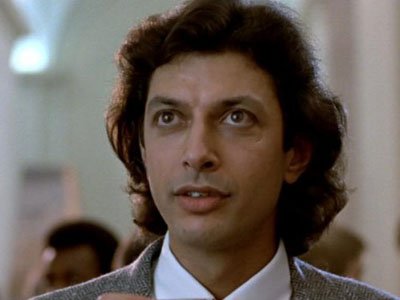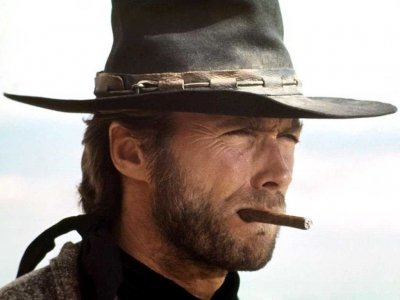15 Remakes Worthy of Your Time
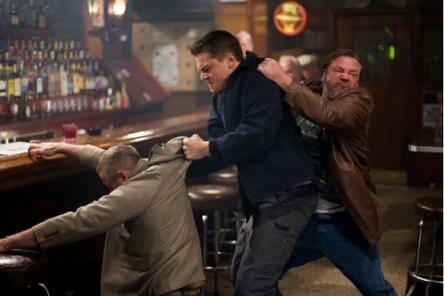
If there’s any industry that’s all about reinvention, it’s Hollywood. Every day, the industry trades tell of planned remakes, reboots, retools and re-imaginings galore. 2013 alone will see remakes of Carrie, Robocop, Oldboy and The Evil Dead (the list goes on).
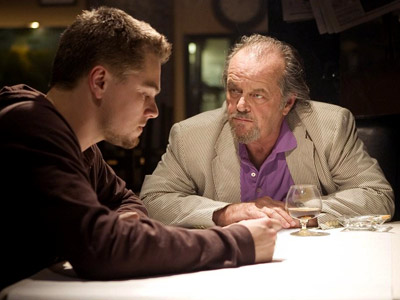
10. The Departed (2006)
Remake of: 2002’s Infernal Affairs
When Scorsese confirmed that he would be remaking the sleek Hong Kong cop thriller Infernal Affairs, few doubted the veteran filmmaker could turn out something exciting. Fewer still foresaw, however, that the film would both win the Academy Award for Best Picture and net the director his first (and long overdue) Best Director Oscar. Jack Nicholson’s boorish, overly hammy villain aside, the film’s cast shines, with two impressive turns from Leonardo DiCaprio and Matt Damon as well as a career highlight from Mark Wahlberg. More impressive, is the way Scorsese and screenwriter William Monahan translates the film’s distinctly Eastern sensibilities to fit with the brand of Catholic reckoning that has characterized much of Scorsese’s filmography.
If nothing else, the film is a joy to watch. Never have Scorsese’s skills as a filmmaker more apparent than when he manages to craft a nail-biting sequence centering on the image of a cellphone ringing.
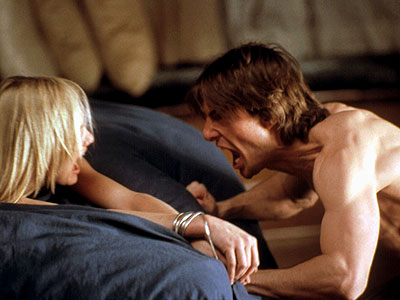
9. Vanilla Sky (2001)
Remake of: 1997’s Abre los ojos [Open Your Eyes]
Audience and critics were less than kind to director Cameron Crowe’s immediate follow-up to the Oscar-winning Almost Famous. Many derided this psychological thriller, about a wealthy, to-do man whose perfect world is rocked by a tragic car crash, as a vanity project for star Tom Cruise and a bastardization of the original Spanish film by director Alejandro Amenábar. In an essay in his book Sex, Drugs, and Cocoa Puffs, writer Chuck Klosterman even recalls an instance where he exited the film and overheard a man threaten to hit his girlfriend for bringing him to the movie.
Time will tell what the film’s ultimate legacy will be. Yet, for those who have distance from the initial reaction and an open mind, Vanilla Sky stands as a staggering work of mainstream filmmaking. A meditation on death, love and the nature of reality, the film has so much going in its favor, including a fantastic performance from Cruise, one of the greatest soundtracks ever (Radiohead, R.E.M., Sigur Ros) and an opening sequence set in an abandoned Times Square that is nothing short of a visual (and logistical) wonder. And not all reviews were bad. As Richard Roeper so eloquently put it in his review, “[Opres Los Ojos] was like the acoustic version, and [Vanilla Sky] is the full orchestrated version.” Strange and beautiful, Vanilla Sky is quite the trip.
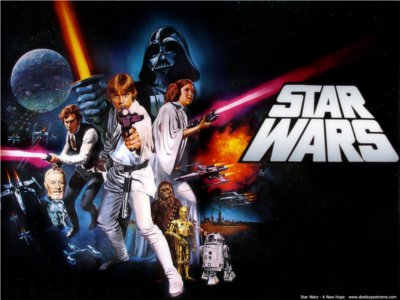
8. Star Wars (1977)
Remake of: 1958’s The Hidden Fortress
Yes, indeed, one of the primary pillars of nerd culture can be considered a remake. When putting together the original script for what would become the ultimate film franchise, USC film grad George Lucas absorbed influences from everything he loved—from Flash Gordon serials to Joseph Campbell. Being a film student in a time where the youth of America were flocking to art houses, Lucas also found inspiration in director Akira Kurosawa; specifically, in the director’s 1958 film The Hidden Fortress. That film told the story of a pair of bumbling peasants (read: C-3PO and R2D2) who become entangled in a plan by a heroic General (read: Luke Skywalker/Han Solo) to rescue a princess (read: Princess Leia) from a seemingly impenetrable fortress (read: The Death Star). Inevitably, there’s probably several film-savvy YouTube viewers who have compared several characters and visuals from each film.
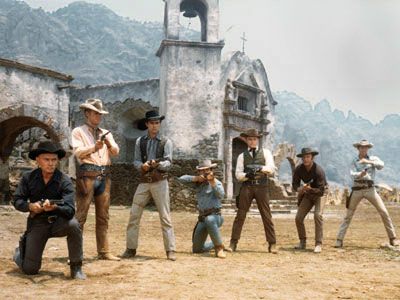
7. The Magnificent Seven (1960)
Remake of: 1954’s Seven Samurai
Although it never entirely reaches the genius of Akira Kurosawa’s three-hour samurai epic, The Magnificent Seven is no doubt a classic American western in its own right. Boasting an all-star class that offers up Yul Bryner, Eli Wallach, James Coburn and Charles Bronson, John Sturgess’ film does justice to Kurosawa’s story of a group of ragtag samurais who band together to defend a terrorized town, switching out feudal Japan for Mexico and the samurais for rogue cowboys. Though nearly an hour shorter than Seven Samurai, The Magnificent Seven manages to hit all the proper beats and set pieces. To make things even cooler, it’s all soundtracked brilliantly by Elmer Bernstein, delivering some of the best work of his career.
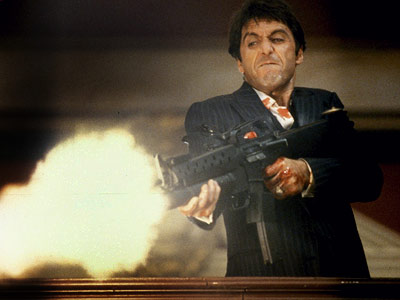
6. Scarface (1982)
Remake of: 1932’s Scarface: The Shame of the Nation
Howard Hawk’s 1932 film caused quite the ruckus back in the day for its gratuitous gun violence. Oh, if they’d only known… Transporting the Prohibition-era tale to 1980s Miami and trading bootlegging gangsters for debaucherous cocaine kingpins, director Brian De Palma and screenwriter Oliver Stone craft perhaps one of the most perverse Horatio Alger stories ever put to screen. An operatic mixture of violence, nonstop profanity and mound and mounds of cocaine, Scarface is less a movie than a barreling, out-of-control train that somehow manages never to crash. Al Pacino’s predilection for overacting finds a perfect home in the character of Tony Montana and Michelle Pfeiffer is equally sexy and aloof as his base head wife.
-

-

-

-

-

-

-

-

-

-

-

-

-

-

-

-

-

-

-

-

-

-

-

-

-

-

-

-

-

-

-

-

-

-

-

-

-

-

-

-



